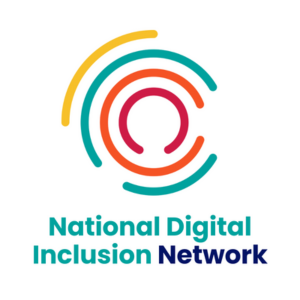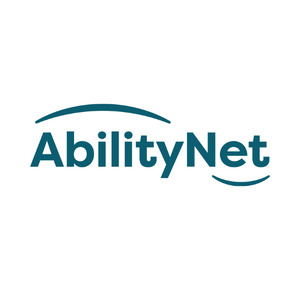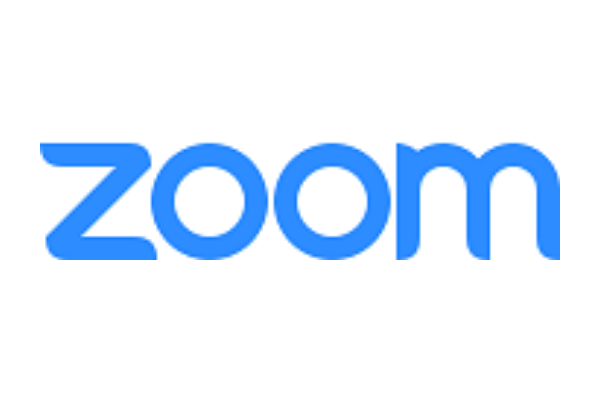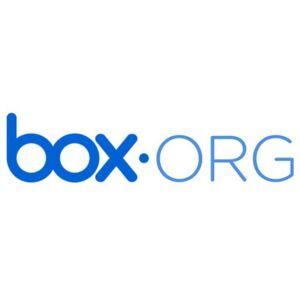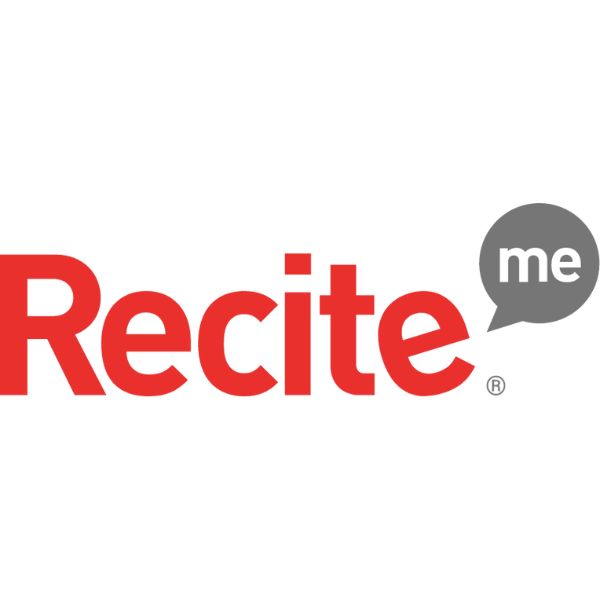Insights
INSIGHTS
All Topics
Digital accessibility leadership in charities: A roadmap
How can charities become digital accessibility leaders? Here are the steps to take, according to AbilityNet research
Click to listen to the articleplay_arrow06:18
AbilityNet’s annual ’Attitudes to Digital Accessibility’ survey is completed by over 400 people and provides valuable insights into trends and priorities across organisations of all sizes and types.
The 2023 report revealed that only 22% of accessibility leaders were in the charity/voluntary sector. And many more charities are considered accessibility laggards – falling behind their peers in the way that they prioritise and deliver accessibility in their work.
This raises an immediate concern about disabled people not being able to access the digital services of these charities and highlights the need for more charities to take accessibility more seriously and seek to become digital accessibility leaders.
This article provides some ideas about how to achieve that goal.
What is digital accessibility?
Digital accessibility isn’t a new topic. AbilityNet has been a leading player in global discussions about disability and technology for 25 years, coinciding with the first version of the of the Web Content Accessibility Guidelines, which was announced in May 1999.
AbilityNet was a founding member of the International Association of Accessibility Professionals (IAAP) ten years ago, but the past five years have seen a lot more people thinking about and addressing accessibility in websites and apps.
The pandemic significantly changed how people viewed the accessibility of services. Charities became more aware of the impact of digital exclusion, and concerns about the barriers that inaccessible websites and apps can create.
For many people accessibility switched from being a nice to have to being a huge barrier for their employees, customers, and service users.
Why digital accessibility matters
Just like accessibility in the physical environment, digital accessibility is about making sure that disabled people are treated equally and have the same rights as others in society.
A survey of one million of the biggest websites on the planet found that over 95% had issues that would exclude disabled people from using them. The way they are designed means millions of disabled people can’t carry out routine tasks such as banking, booking holidays, applying for jobs, or accessing study materials.
Digital accessibility is about ensuring that digital content, websites, and apps can be accessed and used by people of all abilities. This includes people with physical disabilities, learning difficulties, vision or hearing impairments, and neurodiversity.
It’s about how the site or app is designed, about the way that the content is produced and shared. Some of it is technical, but most of it is about small changes in the tools you use and how you use them.
Just like any organisation, the challenge for any charity is how to build accessibility into your everyday workflows and decision-making.
How charities can become digital accessibility leaders
No one who works in a charity wants to discriminate against disabled people – and in today’s digital-first world most will recognise the need to promote digital inclusion and provide equal access to opportunities of all kinds.
But unless they get to grips with accessibility, their websites, apps, and digital comms may be creating barriers to their own services. AbilityNet’s Digital Accessibility Maturity Model (DAMM) provides a framework for charities to address digital accessibility:
Leadership
The journey towards digital accessibility often begins with a passionate advocate who embeds accessibility into their organisation’s processes. This individual, with the right support, can transform their charity into an accessibility leader.
They can leverage networks and organisations, such as the IAAP and the Champions of Accessibility network on LinkedIn, for expertise and guidance.
Vision
Accessibility should not be viewed merely as a technical issue; it needs to be linked to the organisation’s key goals. A vision for accessibility demonstrates its importance to the organisation and sets expectations for customers and employees.
It also highlights the potential downsides of not getting it right, such as excluding people from services, legal risks of discrimination, and missed opportunities.
Capability
An organisation needs the skills and tools to deliver accessibility. While many journeys start with a lone accessibility advocate, a mature organisation recognises accessibility as a collective responsibility. It’s crucial to build expertise across all relevant teams to maintain accessible websites, apps, and communication campaigns.
Processes
Accessibility should be integrated into every stage of project development. Teams that incorporate accessibility into their processes demonstrate maturity and leadership in accessibility. Early testing and reviews can prevent delays and additional costs.
Act now on digital accessibility: Read the DAMM
Accessibility is not just a technical issue. Organisations that don’t prioritise accessibility are discriminating against disabled people, having a direct impact on social inclusion and closing digital doors for people who need your help.
The AbilityNet DAMM is a free download that has helped hundreds of organisations to assess where they are now in terms of accessibility leadership. It helps you benchmark your current position and provides simple next steps to guide your organisation.
Download it at www.abilitynet.org.uk/damm
Visit our Digital Inclusion Hub
Click above to visit our Digital Inclusion Hub and find help on reaching across the digital divide
Mark Walker
More on this topic
Recommended Products
Recommended Products
Our Events
Artificial Intelligence Summit 2024
On the 17th October 2024, Charity Digital will hold our first ever Artificial Intelligence (AI) Summit, a ticketed in-person event that will help charity professionals master the most talked-about tech of the decade.
We use cookies so we can provide you with the best online experience. By continuing to browse this site you are agreeing to our use of cookies. Click on the banner to find out more.




